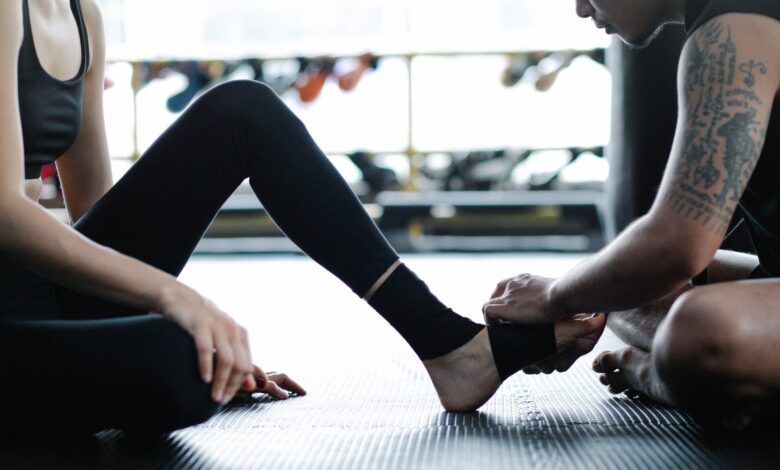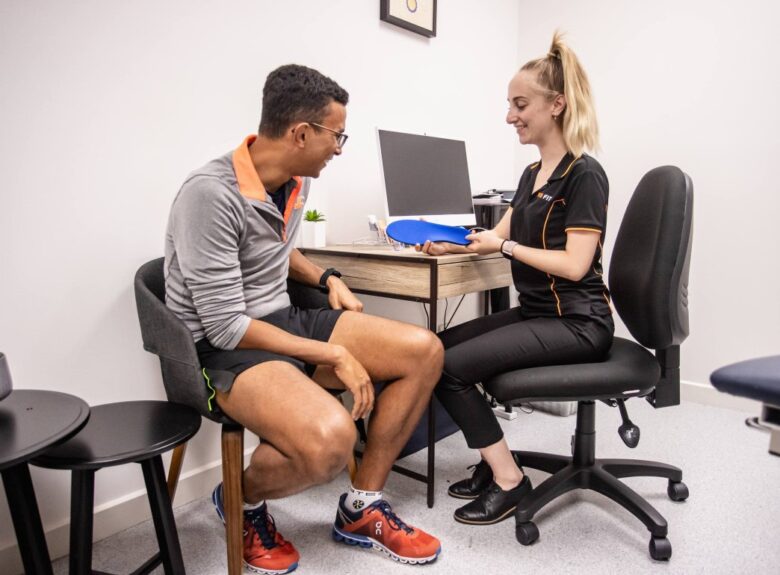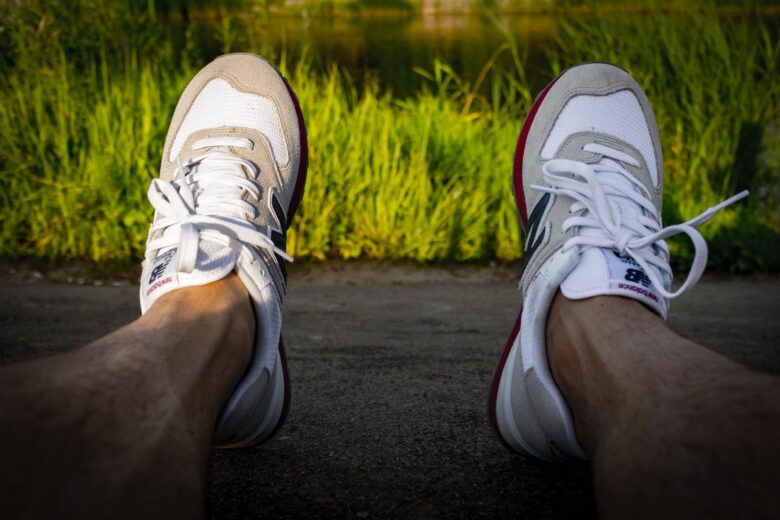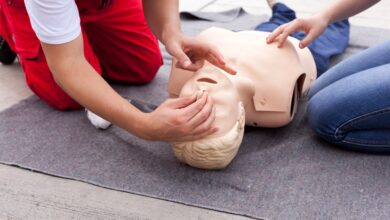All You Need to Know About Orthotics – Guide 2024

No matter your age, health, or fitness level, there is a chance that you may require orthotics one day. Perhaps you enjoy running long distances but you struggle with knee pain.
Or maybe your high foot arches cause foot pain and heel pain.
From those experiencing foot pain to those with diagnosed plantar fasciitis, foot orthotics can be a great help.
But, what exactly are orthotics?
In this article, we will give you some information on orthotics and tell you how they can help to reduce pain. We will provide you with everything you need to know about them!
Perhaps you are a runner who logs in plenty of miles every week. Or maybe you have a particular pair of feet that can be temperamental at times.
From high arches to low arches, your feet can greatly impact how you run and feel afterward.
What are orthotics?

They are also commonly known as “foot orthoses” or “foot orthotics”. They are shoe inserts that provide you with arch support or other support to reduce pain.
Unlike standard over-the-counter (OTC) shoe inserts, foot orthoses are custom orthotics that are designed specifically to match the shape of your feet. Visit this website to know more about it.
Custom foot ones are made from a soft, bendable material. Depending on the purpose, custom-made orthotics can also be made from harder materials like plastic or graphite that will provide support.
They are therefore a combination of pliable and rigid materials, and can be used to treat plantar fascia, a flat foot, and offer pain relief.
Their purpose is to support foot health by counteracting the improper movement of the foot or ankle, especially when we walk, run, or stand for long periods of time.
Should I wear orthotics for foot pain?
Many runners experience what is called “flat feet”, which is when there is over-pronation and the feet drop inwards.
If you have a low foot arch, the impact from running leads to the feet flexing inwards, causing pain.
They can help with more than just flat feet though. Custom ones heel inserts can help protect the heel bone and relieve pain.
It can also help with treating foot injuries like plantar fasciitis and what is commonly known as runner’s knee (and specifically known as patellofemoral pain syndrome).
What are the benefits of orthotics?

According to the Journal of Foot and Ankle Research (J Foot Ankle Res), orthotics can help to reduce foot pain from injuries or over-pronation.
Custom foot orthotics work to correct how you move and place your feet, to prevent future injuries from occurring.
They can also help with lower back pain, pain in your lower limbs, and even shin splints. They help promote the correct running form.
Custom ones can be made from rigid materials that provide additional arch support and help to stabilize your feet when moving or running.
How long do orthotics last?
If specialists prescribe orthotics, they expect the foot orthotics to last for about five to ten years.
How long your foot orthotic will last depends on how often you use them, and whether you go for regular long-distance runs or not.
If you are an avid runner or active person, you may have to renew your orthotics prescription every two to five years.
You should regularly check the functioning of your orthotics to make sure they are still in a good condition, otherwise, you should get them replaced.
Heel spurs or custom foot orthotics can get worn down and appear flat over the arches or at the heels. That is how you know it is time to get a new one prescription.
How do you get the best orthotic device?

You will have to consult a specialist to find an orthotic that is the best fit for you and will help to decrease pain.
Below are some things you should consider when looking for orthotics to make sure you get the perfect fit that will correct your foot function and turn all your shoes into supportive shoes.
1) Understand your feet
The first thing you need to do is to understand exactly why you need orthotics. This will be determined by the shape of your feet.
Knowing your feet does not only refer to the size of the shoe insert you require but also what type of arch your foot has.
A health professional will be able to tell if you have low, medium, or high arches, and that will help you find the best orthotic for you.
2) Soft or hard orthotics?
Once you know your foot type, it is time to figure out your foot problem. The problem you have will determine whether you need softer, pliable orthotics, or hard, rigid orthotics.
Different materials will solve different problems, so you must keep this in mind when looking for orthotics.
If you have a high foot arch, you will need softer ones that provide a cushion to close the gap between the shoe’s insole and your arch.
If you have a low arch, then you will require a more rigid orthotic that will provide you with stability and better support your foot, and prevent pronation.
3) Custom foot orthotics
If you cannot find exactly what you are looking for, you can get customized new orthotics that will be just right for your foot situation.
OTC orthotics are more affordable than custom foot orthotics, but they could cause more damage if they are not right for you.
Medically prescribed custom ones will relieve pressure on your foot and give you the exact support you need.
Conclusion
Getting them might seem scary at first, but it sure beats walking around with chronic pain in your feet, ankles, or even your back.
By taking the time to learn more about orthotics, you should be able to find an insert that matches more than just your shoe size.
You will find ones that work specifically for you and help prevent pain.



